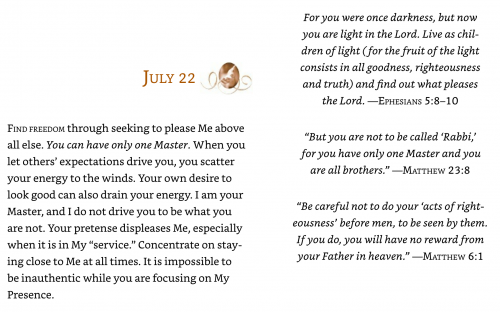Faithful
to the End
Wednesday, July 22, 2020
Feast Day of Mary Magdalene
Diarmuid Ó Murchú is an Irish poet, author, friend, and member of the Sacred Heart Community. This poem highlights the presence of Mary Magdalene and the women at Jesus’ death and resurrection and invites us to question why we have not honored their role more fully. Poetry is so much better heard than simply read, so for full effect, read these words aloud, perhaps several times.
What
happened [to] the women on the first Easter Day
Breaks open a daring horizon,
Inviting all hearts to discern.
Mid the grieving and trauma of loss,
The horror to stand at the foot of a Cross.
A body we think was buried in haste,
And a tomb that was empty but restless in taste.
Empowering a strange group of women. [stanza 2]
What
happened to those on the first Day of Easter,
The faithful disciples by Magdalene led?
A subverted truth the patriarchs dread.
Beyond all the theories that time has construed,
Beyond the oppression we have too long endured.
The first ones commissioned for Easter proclaim
A woman-led mission we’ve brutally maimed.
But we can’t keep subverting empowerment. [stanza 5]
Resurrection
still flourishes and always it will,
Imbued with a truth that time will fulfil.
What women empowered at the dawning breakthrough
will bear fruit in season
despite all the treason.
’Cos justice will render what deserves to endure.
[1]
Ó Murchú reflects:
Of all the Gospel material related to women, none is more enigmatic and empowering than the role of the women in post-Resurrection space . . . I [wrote of] the women on Calvary remaining faithful to the end. For those women, it was anything but an end. Even when the male disciples fled in fear, they remained to await a new frightening dawn that would propel them into a mission transcending all other missionary endeavors recorded in Gospel lore. The early church seemed unprepared for the archetypal breakthrough and proceeded to consign the women to historical invisibility.
Richard again: I think this is a perfect example of how we cannot see what we aren’t told to look for. For most of history, Christians glossed over the presence of the women at Jesus’ death, burial, and resurrection. We weren’t wrong; we were simply paying attention to what we were told to look at—the men—by other men (priests, theologians, and even the Gospel writers themselves). We skipped over the faithfulness of the women and focused instead on the faithlessness (and the Easter morning foot race) of the men. Mary Magdalene and the other women were the first witnesses to the resurrection because they remained present for the entire process, from death unto new life, exactly what is necessary to witness resurrections in our own lives as well.
